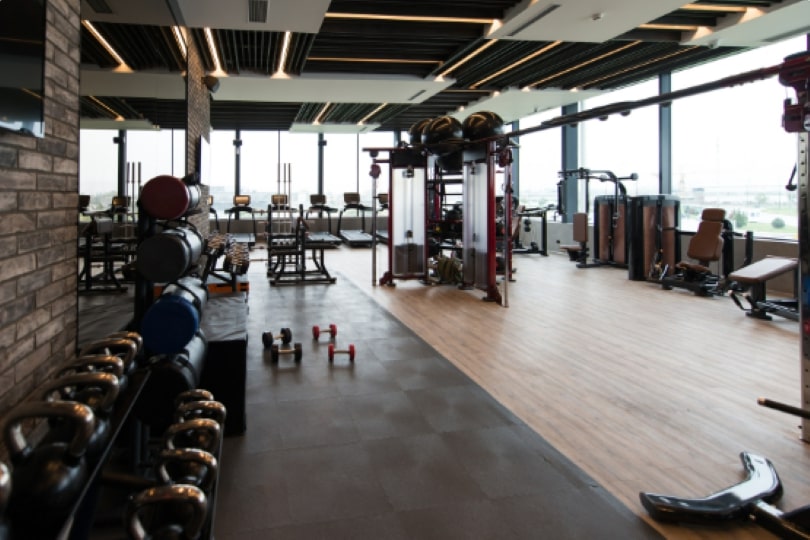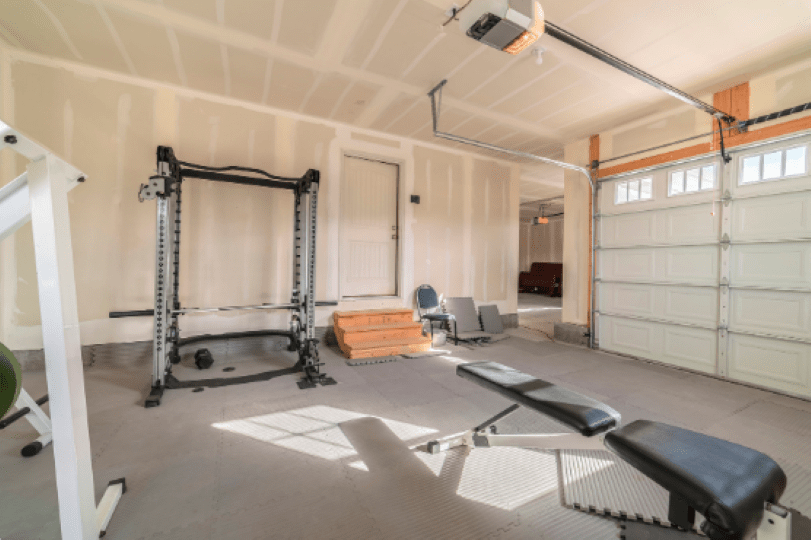Back pain is a common ailment that can significantly impact our daily lives and overall well-being. While various treatments are available, incorporating a comprehensive plan that combines targeted exercises and massage therapy can provide effective relief. Exercise helps strengthen and stretch the muscles, while massage therapy promotes relaxation and reduces muscle tension. This article will explore the ultimate back pain exercise and massage therapy plan designed to alleviate discomfort and improve back health.
Exercise for Back Pain Relief

Engaging in specific exercises can help alleviate back pain by strengthening the supporting muscles and improving flexibility. Here are some exercises that target different areas of the back:
- Core Strengthening Exercises: Strengthening the core muscles, including the abdominal and lower back muscles, provides essential support for the spine. Examples of core exercises include planks, bridges, and bird dogs. These exercises help stabilize the spine and reduce strain on the back muscles.
- Stretching and Flexibility Exercises: Gentle stretching exercises can help relieve muscle tension and improve flexibility. Examples of effective stretches for back pain include hamstring stretches, cat-camel stretches, and child’s pose. Stretching helps release tight muscles and promotes proper alignment of the spine.
- Aerobic Exercises: Low-impact aerobic exercises such as walking, swimming, or cycling can improve overall fitness and promote blood circulation, which aids in the healing process. Aerobic exercises also help maintain a healthy weight, reducing stress on the back.
- Yoga and Pilates: These mind-body practices focus on improving strength, flexibility, and posture. Both yoga and Pilates incorporate exercises that target the core muscles, promote relaxation, and enhance body awareness. Regular practice can provide significant relief from back pain.
Massage Therapy for Back Pain Relief

Massage therapy is a valuable complement to exercise in managing back pain. The benefits of massage therapy include:
- Muscle Relaxation: Massage techniques, such as effleurage, kneading, and petrissage, help relax tense muscles, relieve muscle spasms, and reduce muscle stiffness. By releasing muscle tension, massage therapy promotes pain relief and improves flexibility.
- Improved Blood Circulation: Massage stimulates blood flow to the affected area, increasing the delivery of oxygen and nutrients while removing toxins. Improved circulation aids in the healing process and reduces inflammation.
- Stress Reduction: Back pain is often exacerbated by stress and tension. Massage therapy promotes relaxation and triggers the release of endorphins, which are natural pain-relieving and mood-enhancing chemicals. Reducing stress levels can help manage back pain more effectively.
- Increased Range of Motion: Massage techniques can help improve joint mobility and increase range of motion. By targeting specific muscle groups and releasing tension, massage therapy allows for better movement and reduces restrictions in the back.
- Improved Posture: Poor posture can contribute to back pain. Massage therapy can address postural imbalances by releasing tight muscles and promoting proper alignment. This, in turn, helps alleviate pain and reduces the risk of recurring back issues.
Creating an Integrated Back Pain Relief Plan
To create an effective back pain relief plan, consider integrating exercise and massage therapy:
- Consultation: Before starting any exercise or massage therapy program, consult with a healthcare professional or a qualified therapist to assess your condition and determine the appropriate course of action.
- Exercise Routine: Develop a tailored exercise routine focusing on strengthening the core, improving flexibility, and promoting overall fitness. Start with gentle exercises and gradually increase intensity as your back pain improves.
- Massage Therapy Sessions: Schedule regular sessions with a licensed massage therapist. Discuss your specific concerns and areas of pain to ensure the therapist can effectively target those areas.
- Combination Approach: Alternate between exercise and massage therapy sessions for a comprehensive and balanced approach to back pain relief. Exercise helps strengthen and stretch the muscles, while massage therapy provides relaxation and releases muscle tension.
- Lifestyle Modifications: Alongside exercise and massage therapy, adopt healthy lifestyle habits such as maintaining good posture, practicing stress management techniques, and maintaining a healthy weight. These lifestyle modifications can contribute to long-term back pain relief.
Conclusion
Back pain can significantly impact daily life, but relief is attainable with a comprehensive plan that combines targeted exercises and massage therapy. Incorporating exercises that strengthen the core, improve flexibility, and promote overall fitness, along with regular massage therapy sessions, can provide significant relief from back pain. Remember to consult with professionals, tailor the plan to your specific needs, and adopt healthy lifestyle habits to support long-term back health. By taking a proactive and integrated approach, you can alleviate back pain and improve your overall quality of life.






